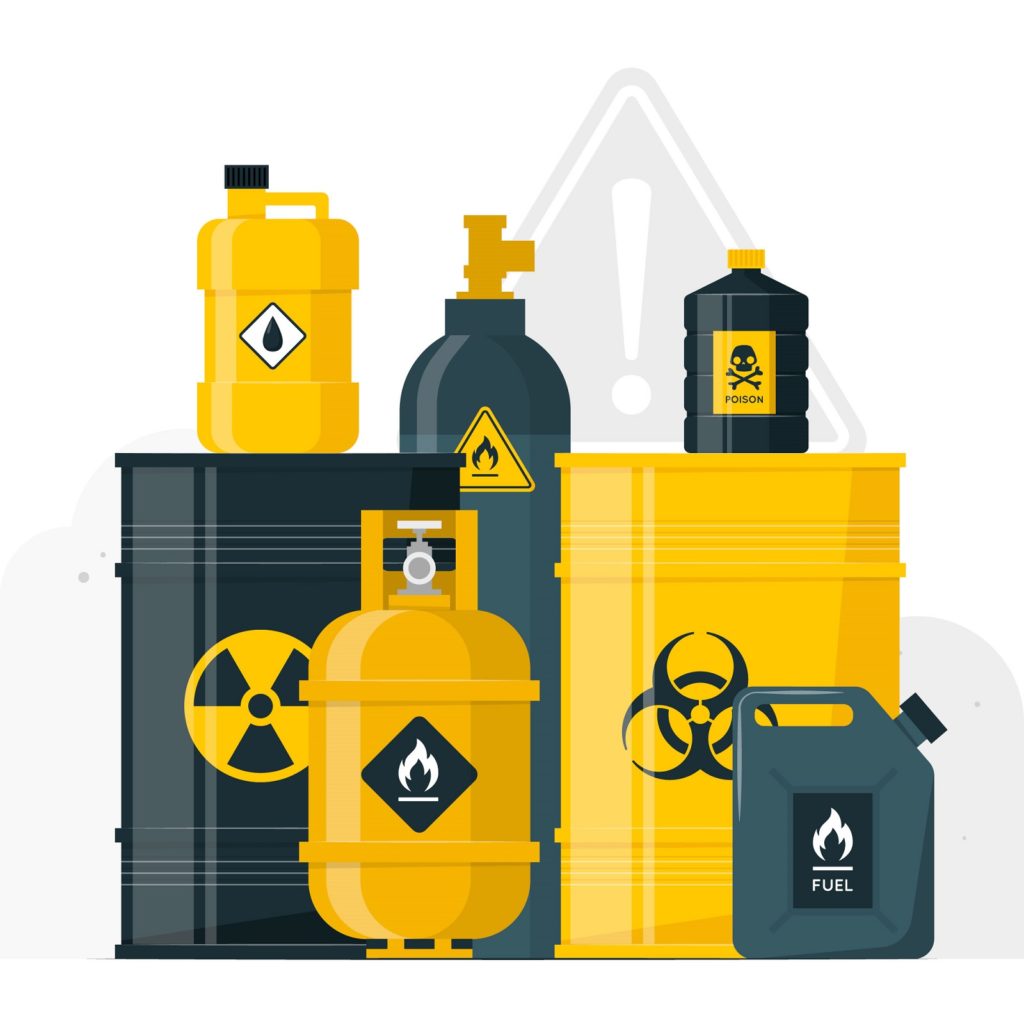Editorial Note: We are an inventory management software provider. While some of our blog posts may highlight features of our own product, we strive to provide unbiased and informative content that benefits all readers.
Hazardous materials, encompassing a wide range of substances with inherent hazards, pose unique challenges in handling, storage, and disposal. Improper management of these materials can lead to a cascade of adverse consequences, including:
- Safety hazards: Improper storage, handling, or disposal of hazardous materials can result in accidents, fires, explosions, and toxic exposures, endangering the well-being of workers, the public, and the environment.
- Environmental damage: Leaks, spills, and improper disposal of hazardous materials can contaminate soil, water, and air, disrupting ecosystems and posing long-term environmental risks.
- Regulatory non-compliance: Failure to adhere to regulations governing hazardous materials can lead to fines, legal penalties, and damage to an organization’s reputation.

Core Elements of Hazardous Materials Inventory Management:
Effective hazardous materials inventory management encompasses a series of interconnected practices that ensure the safe and compliant handling of these substances.
The key elements of this system include:
- Identification and Classification: Accurately identifying and classifying hazardous materials based on their hazard categories and compatibility groups is essential for establishing appropriate storage and handling protocols.
- Inventory Tracking Systems: Implementing a centralized inventory database that utilizes barcode or RFID technology enables real-time tracking of hazardous materials, ensuring accurate records and preventing stockouts or overstocking.
- Control Measures: Enforcing strict access control procedures, establishing clear labeling and signage practices, and providing adequate personal protective equipment (PPE) for handling are crucial for minimizing exposure risks.
- Regular Inventory Audits and Reconciliation: Conducting periodic physical inspections to verify inventory accuracy, investigating discrepancies, and maintaining comprehensive audit records are essential for maintaining data integrity and identifying potential issues.
- Training and Awareness Programs: Educating personnel on hazardous materials identification, classification, handling, storage, and disposal procedures, along with emphasizing the importance of regulatory compliance, fosters a culture of safety and responsibility.
Additional Considerations:
In addition to the core elements, effective hazardous materials inventory management encompasses several key considerations:
- Emergency Response Planning and Preparedness: Developing comprehensive emergency response plans and conducting regular drills ensure preparedness for potential incidents involving hazardous materials.
- Integration with Environmental Management Systems: Integrating hazardous materials inventory data with environmental management systems facilitates comprehensive environmental risk assessment and mitigation.
- Utilization of Specialized Software Solutions: Leveraging specialized software solutions tailored for hazardous materials inventory management can streamline processes, enhance data accuracy, and improve overall efficiency.
Conclusion:
Hazardous materials inventory management stands as a cornerstone of safety, compliance, and environmental responsibility in industries that utilize these substances. By implementing a comprehensive inventory management system that encompasses identification, tracking, control, auditing, training, and emergency preparedness, organizations can effectively mitigate risks, protect the environment, and maintain regulatory compliance.
Investing in effective hazardous materials inventory management is not only a legal obligation but also a moral imperative for ensuring the well-being of workers, the community, and the planet.
Take a Quiz Test - Test Your Skill
Test your inventory management knowledge. Short multiple-choice tests, you may evaluate your comprehension of Inventory Management.
